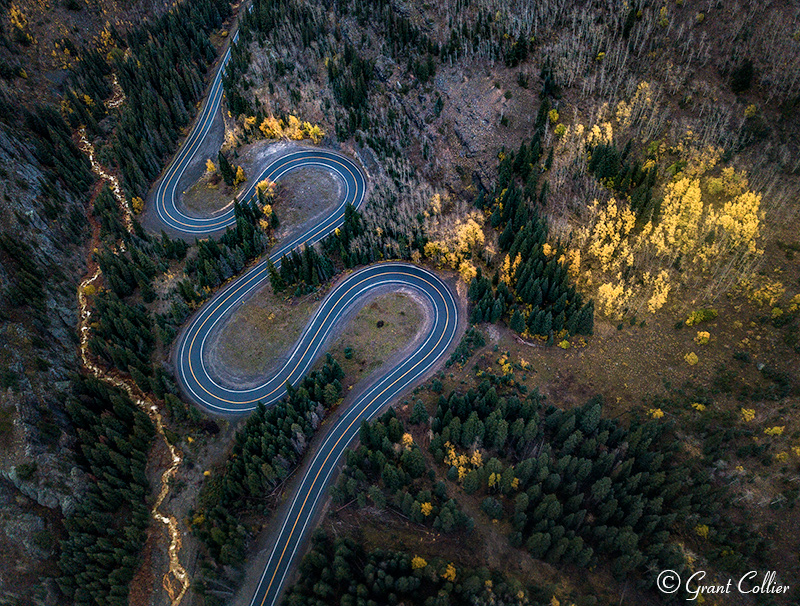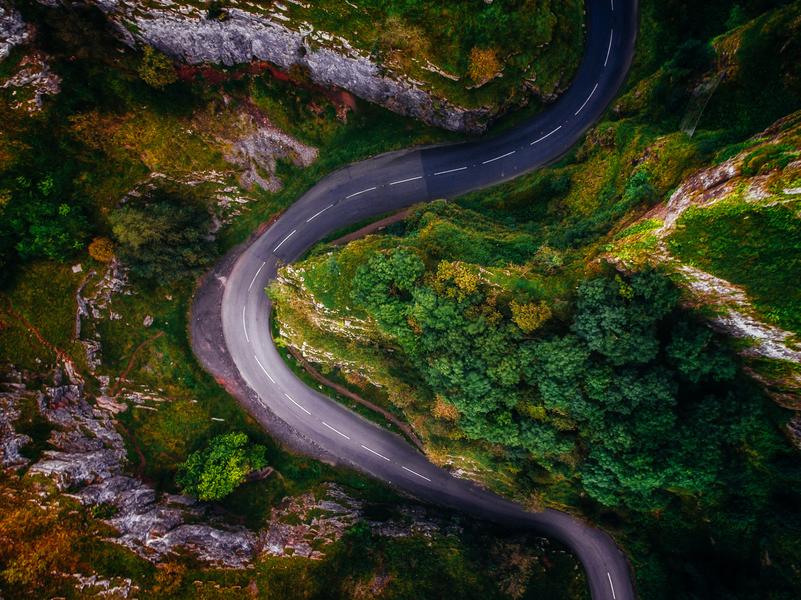Transform Your Viewpoint: The Art and Science Behind Drone Photography
Drone photography represents a significant crossway of artistic vision and technical innovation, making it possible for developers to record perspectives formerly unattainable. Comprehending the technicians of drone innovation, from equipment options to composition methods, is important for achieving engaging imagery. In addition, considerations such as illumination and environmental problems can greatly influence the final end result. As photographers fine-tune their abilities in both airborne strategy and post-processing, they unlock a richer narrative potential. Yet, what genuinely identifies reliable drone photography from plain aerial snapshots? Discovering this concern reveals deeper insights into the craft and its evolving landscape.
Recognizing Drone Innovation
Understanding drone technology is vital for anyone thinking about utilizing its capabilities for digital photography. Drones, or unmanned aerial lorries (UAVs), depend on a combination of hardware and software application to achieve trip and capture images. At their core, these tools are furnished with sensors, electronic cameras, and navigation systems that allow them to fly autonomously or be regulated from another location.
The primary components of drone technology consist of the flight controller, which works as the mind of the drone, processing information from different sensors to ensure secure flight. Additionally, general practitioner innovation plays an important role in navigating, enabling drones to comply with pre-defined trip paths and keep their placement also in challenging problems.

Additionally, recognizing the regulatory landscape surrounding drone use is crucial, as it controls where and just how drones can be operated, guaranteeing safety and compliance. Experience with these aspects of drone technology encourages digital photographers to optimize their innovative capacity while adhering to lawful guidelines.
Essential Equipment for Drone Digital Photography
Selecting the appropriate devices is vital for accomplishing remarkable results in drone photography. At the heart of this arrangement is the drone itself, which ought to be picked based on flight stability, cam quality, and simplicity of usage. Popular designs typically include built-in high-definition video cameras that capture spectacular airborne photos.
In addition to the drone, buying a high-grade video camera is crucial. Numerous drones come outfitted with video cameras with the ability of capturing in 4K resolution, but also for professional-grade outcomes, consider a drone that enables compatible electronic cameras or supports bigger sensing units. This flexibility can considerably improve photo high quality.
Stabilization is one more crucial element. A three-axis gimbal is recommended for smooth video footage, lessening resonances that can diminish photo clarity. Extra batteries and a reputable charger guarantee extended flight time, permitting for more thorough shoots (aerial photographer spokane).
Mastering Composition Techniques
Mastering composition strategies is fundamental to raising your drone photography from ordinary to remarkable. A well-composed image records the customer's focus and shares an effective narrative.
Among the necessary concepts to think about is the guideline of thirds, which involves splitting your framework into a grid of nine internet equivalent parts. Placing key components along these lines or at their crossways produces aesthetic rate of interest and balance. Furthermore, leading lines can direct the audience's eye via the photo, accentuating the subject and including depth.
One more reliable strategy is framing, where natural environments such as buildings visit the website or trees frame the subject, improving the focal point. This approach not only gives context however additionally develops a sense of affection within the scene.

Finally, always bear in mind the horizon line. An uneven horizon can take away and sidetrack from an or else fascinating image. By understanding these make-up strategies, you can significantly boost the influence of your drone digital photography.
Lighting and Climate Factors To Consider
In drone photography, the interplay of lighting and weather can substantially influence the quality and mood of your photos. Optimal lights conditions are essential; the gold hours-- quickly after daybreak and prior to sundown-- supply soft, diffused light that improves shades and lessens rough darkness. Throughout these times, the landscape appears much more vibrant and dynamic, permitting breathtaking airborne shots.
Conversely, overcast skies can produce a flat, low-key combination, yet they can additionally supply even lighting that lowers contrast and highlights details in the setting. This can be beneficial for recording textures in urban settings or detailed patterns in nature.
Climate condition, such as snow, rainfall, or fog, can also include special components to your digital photography. Fog can produce a feeling of mystery, while rainfall can improve shades and fill the landscape. Nonetheless, it is vital to take into consideration the security of your drone; flying in negative weather can lead to tools damage or loss of control.
Ultimately, understanding just how lighting and weather affect your airborne shots permits you to select the excellent problems for your drone digital photography, ensuring visually striking and compelling images.
Post-Processing Advice
After capturing sensational airborne pictures, the next action entails refining those shots through post-processing. This important phase enhances the aesthetic effect of your photographs, permitting you to highlight the unique point of views that drones supply.
Start with software tools like Adobe Lightroom or Photoshop, which provide durable modifying capabilities. Begin by fixing exposure and white equilibrium to guarantee that your colors appear real to life. Use histogram checks to attain optimum illumination levels, staying clear of overexposure or loss of detail in darkness.
Next, boost contrast to include depth to your images. Readjusting useful link clearness can sharpen crucial details without presenting noise, which is specifically helpful in aerial shots where structure plays a substantial function. Do not shy away from chopping; this can aid concentrate the viewer's focus on the main subject.
Shade grading is one more effective device. Trying out saturation and vibrance to make the landscape pop, however use these adjustments deliberately to keep an all-natural appearance. Consider using a slight vignette to assist the visitor's eye toward the facility of the photo. By mastering these post-processing methods, you can raise your drone photography to brand-new heights.
Final Thought

What truly distinguishes reliable drone photography from mere aerial pictures? Lots of drones come furnished with electronic cameras qualified of capturing in 4K resolution, however for professional-grade results, take into consideration a drone that allows for interchangeable cameras or supports larger sensors. By mastering these structure strategies, you can significantly enhance the impact of your drone photography.
In drone digital photography, the interplay of lighting and weather condition can substantially affect the high quality and mood of your photos (aerial photographer spokane). By mastering these post-processing techniques, you can boost your drone digital photography to new heights